Guide to the Different Types of Horse Reins
Share
Comprehensive Guide to the Different Types of Horse Reins
When it comes to horseback riding, the reins are an essential piece of equipment that directly connect the rider’s hands to the horse’s mouth. They help communicate instructions such as speed control, turning, and stopping, making them a crucial tool in the rider’s ability to manage the horse. However, not all reins are created equal, and the type of rein you choose can vary depending on the discipline, your riding style, and your horse's training level. In this blog, we'll dive into the different types of reins, their functions, and when to use them.
1. Split Reins
Overview:
Split reins are long, two-piece reins traditionally used in Western riding. Each rein is separate, allowing for flexibility in handling.
Function:
These reins offer great versatility. You can use them in one hand (for neck reining) or hold one rein in each hand for direct reining. Because of their length, they’re ideal for riders who need to quickly drop a rein to adjust other equipment or open gates.
Best for:
Western riders, especially in disciplines like reining, cutting, or trail riding.
2. Closed (Continuous) Reins
Overview:
Closed reins, also known as loop or continuous reins, form a single loop and are most commonly used in English disciplines.
Function:
The design of closed reins eliminates the risk of dropping them, making them ideal for fast-paced events or for beginner riders. The even tension between both sides allows for balanced communication with the horse.
Best for:
English riders, especially in dressage, show jumping, or eventing.
3. Laced Reins
Overview:
Laced reins are closed reins with leather strips that weave through the main rein, providing a textured grip.
Function:
The lacing adds extra grip, which is especially useful for riders in competitive English disciplines. The extra texture helps prevent slipping, making them ideal in wet conditions or for riders who need more hand stability.
Best for:
English riders, particularly in hunter/jumper disciplines where a secure grip is essential.
4. Rope Reins
Overview:
Rope reins are made of a single piece of rope, often connected by clips to the bit or bridle. They’re popular in casual and trail riding.
Function:
These reins are simple, durable, and often thicker, providing a comfortable grip for long rides. Their straightforward design makes them ideal for beginners or casual riders.
Best for:
Trail riding, Western pleasure, and casual riders.
5. Western Contest Reins
Overview:
Western contest reins, often referred to as barrel racing reins, are one-piece reins designed for speed events.
Function:
These reins are designed for quick adjustments, allowing the rider to react quickly during fast-paced events like barrel racing. They are often shorter than split reins for ease of control and speed.
Best for:
Speed events like barrel racing, pole bending, and rodeo sports.
6. Gag Reins
Overview:
Gag reins are specialty reins that work in conjunction with gag bits, often used in show jumping or polo. They run through the bit and apply pressure to lift the horse’s head.
Function:
Gag reins provide more control by increasing poll pressure, encouraging the horse to raise its head. They are used for horses that lean on the bit or need to be more responsive.
Best for:
Experienced riders in show jumping or polo.
Choosing the Right Reins for Your Horse
Choosing the right reins depends on several factors, including the type of riding you do, your skill level, and your horse’s needs. Whether you need the versatility of split reins for Western riding or the precision of laced reins for dressage, understanding how each type functions will help you make the best decision for you and your horse.
For safety and comfort, always ensure your reins are the right length and width for your hands, and check regularly for any wear and tear that could compromise their effectiveness.



